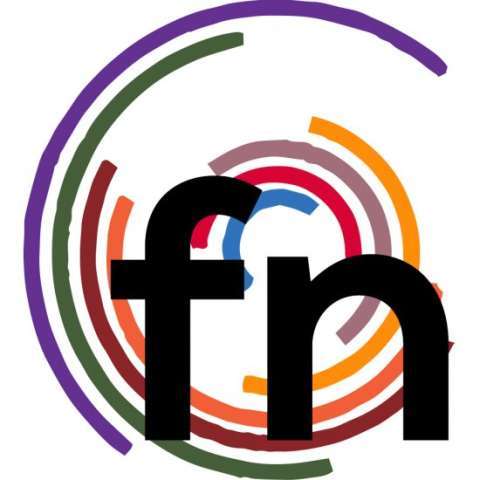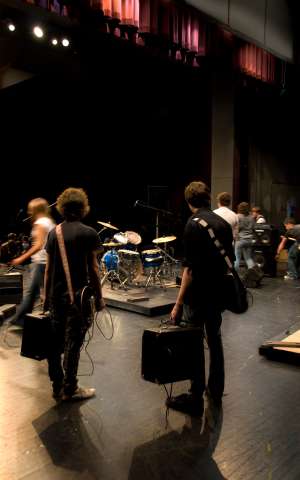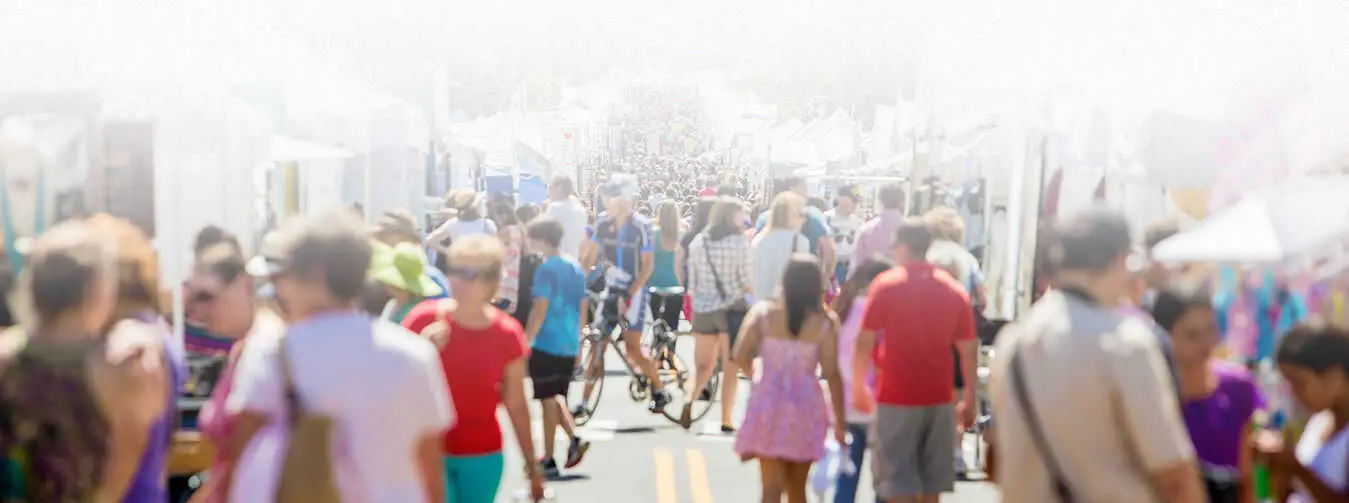For music festival performers, stage hands, and tour managers, there's nothing more important than having an organized and well-equipped backstage area to have a smooth and positive concert experience. Many musicians and their staff have had too many bad experiences at music festivals due to lack of backstage facilities, most notably at a rock festival last year that had to be canceled part way through its four-day run. The band Electric Callboy was included in the event, and according to their tour manager Ian Roberts, they had to deal with a host of unpleasant backstage conditions, including a faulty air conditioner in the dressing room and having no drinking water or hospitality backstage. "Catering for lunch was pretty much non-existent at all," Roberts said. "The staff, the bands, nobody should have to experience this, ever."
Event planners should keep in mind that a festival will only be successful if the event is enjoyable for both the performers and the audience. The comfort and wellness of your performers should be prioritized, and it's imperative to supply your backstage area with all the essentials so that they can prepare for an awesome performance. Here's a guide for providing backstage comfort and facilities for festival performers.
Designate Areas for Talent and Equipment
Backstage areas are known to get pretty chaotic, and everything moves at a fast pace during costume changes, equipment and stage backdrop setups, and the like. It's extremely crucial to know where everything will take place and when it happens so that things will run smoothly prior to a set or a performance. To have a more hassle-free backstage experience, see to it that you designate areas for everything.
For instance, there should be a place to store music equipment and props, and this area should be large enough to accommodate at least two to three bands or performers. There should also be a loading dock near this area where the next performers could load their stuff from their vehicles. Next, set up areas for dressing rooms and green rooms, and have a specific area where performers and tour managers can coordinate with an event manager regarding requests or sudden set changes. There should also be separate pathways towards the stage for talents and stage hands to avoid accidents.
Ensure Comfort and Convenience
Once you've designated specific areas for everything, you'll need to provide facilities, furniture, and a few appliances to keep performers and staff comfortable. First, install air conditioners in dressing rooms and green rooms to keep everyone cool and refreshed. Some concert venues install mini-split systems since they don't require ductwork, but keep in mind that there are downsides to choosing mini-split systems, such as their high maintenance cost and the fact that they can be quite loud. As an alternative, you can install window units or have a few floor-standing air conditioners backstage to quietly and efficiently cool key areas. Next, provide seating areas, tables, and hair and makeup stations, and see to it that all greenrooms and dressing rooms have several electrical outlets that talents can use to power hair styling tools and other devices.
Having backstage bathrooms is also a must, and there should be one in every dressing room, as well as separate bathrooms for stage hands and other event staff. These bathrooms should be kept clean and have fully functioning locks and exhaust systems, and they should also be supplied with soap, toilet paper, and bidets. If possible, provide dressing rooms with access to a shower since some performers may want to freshen up after their set.
Provide Food and Access to Drinking Water
Having a few cases of bottled water and boxes of packaged snacks for everyone is a good idea, but performers and crew will need more than that to keep their energy levels up prior to and after the shows. To simplify matters, contract backstage catering to an experienced company so that everyone can have access to balanced and nourishing meals, beverages, and drinking water. Plan on giving volunteers and festival staff three meals a day, while artists' and their crews' meals can be planned in advance by getting in touch with their managers to know how many meals and what types of food to provide.
If given riders, refer to these documents to know food restrictions and preferences ahead of time. Also, have water dispensers in dressing rooms, green rooms, and other areas backstage, and see to it that they're refilled regularly. Provide biodegradable cups for everyone, but make it a point to encourage festival staff to bring their own reusable water bottles to cut down on waste.
Having a comfortable and well-equipped backstage area is key to keep performers and crew safe and happy. Consider these tips to be well-prepared for upcoming festivals, and give performers and staff what they need so they can have the best experience onstage and offstage.



